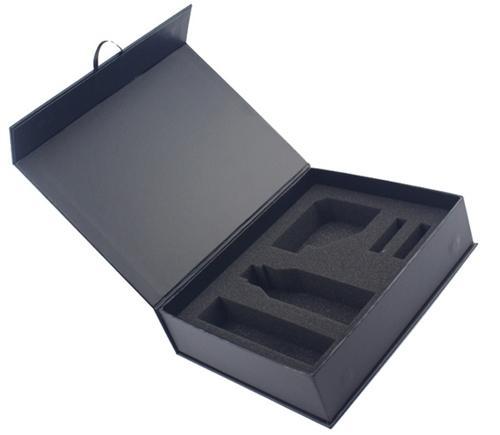
Table of Contents
In addition to containment, production, and preservation, product packaging performs several critical roles that enable trade and commerce. It communicates, promotes, and sells products.
Hardworking packaging reflects various physical cues that are intended to impact a consumer’s attitude towards the product.
Have you ever wondered if our forefathers used to package and label food and other products? How did they do this?
Product labeling goes way back from the 9th century BCE. People used natural materials like wineskins, wooden barrels, and woven bags to successfully store perishables.
Although product labeling was not advanced, there was a real effort in embellishment and some customization. Wooden barrels had some artistic decorations, while the bags were beautifully woven to entice buyers in the market.
With time, many developments have taken place, with a few things remaining constant. These advancements are strongly linked to culture and consumer habits that were prevalent around each given period of time.
A Brief History of Product Packaging
Since food was produced and consumed locally, the need for packaging had not arisen. However, civilization led to growth in the food market, necessitating food containment, protection, and transportation. This led to the introduction of various packaging materials.
Early man used palm leaves, coconut shells, gourds, and animal skin. The discovery of mineral ores and chemicals led to the development of pottery and metals.
1. Tinning
In the 18th century, tinplate was a popular packaging material. It was originally manufactured in Bohemia before spreading to some parts of Europe. Most of the tinplates had little or no art on them. Inscribed tinplates were a luxury item reserved for the wealthy.
Ambrose Crowley and Andrew Yarranton facilitated the arrival of tinplate to England in 1667. Andrew, an experienced engineer, had perfected the art of tinplate production. Later on, his disciples mastered the technique. Tinplates were available in the Ports of Briston by 1725, and they were being shipped.
Inscribing on the tinplates continued until the 19th century, when the printing press industry became a bit more advanced.
2. Canning
The tin canning technology gained popularity when Peter Durand formulated it in 1810. Shortly after that, the invention of airtight containers for food and drink packaging changed the industry. There arose the need to make the customer aware of what was inside the container.
This is the point at which the labels were introduced. Artists were contracted to create labels for the merchandise. However, the cost of hiring artists proved to be costly, and the practice was phased out with the invention of the printing press.
In their earlier days, print labels did not have much detail as they do now. Most of them only bore basic information such as the product name, the brand, usage instructions, and expiry date.
3. Paper Packaging
Although paper-based product packaging was still in use in the 17th century, many companies adopted it in the 18th and 19th centuries.
In 1890, Robert Gair invented the pre-cut paperboard box. These were flat pieces that could be mass-produced and folded into boxes. This invention was closely followed by the labeled commercial paper bags.
Present Day Product Packaging and Labeling
By the twentieth century, product labeling had vastly improved. Carton panels, Bakelite closures on bottles, and cellophane overwraps had now become the standard. These packaging practices and materials now assured food safety.
Businesses were able to develop quickly and become global thanks to the rise of digital technologies in the latter part of the twentieth century. In an era of unparalleled competition, packaging has become the primary means of product differentiation on the shelf.
Packaging has indeed developed into an essential part of the industry. Due to many materials and practices, though, packaging is also seen as a threat to the environment. Because of this, thorough research is still being done not only to find new materials but also to create optimal and long-term solutions.
Advancement in technology has made it relatively easy for companies to create their own label designs. For guidelines and reliable, sound advice on creating custom packaging for your brand, contact a professional printer with expertise, experience, and a wide range of press capabilities.
















